
Asta Douglas
An introvert wallflower that gets lost in books.
Unmotivate the Role Play is a grounded storytelling system where emotional drive, personal bias, and burnout are the real stats. Instead of grinding for levels, players explore motivation loss, moral compromise, and authenticity under pressure. The game rewards character-driven conflict, nuanced dialogue, and human imperfection — the kind of stories where a simple argument can matter as much as a battle.

In Unmotivate the Role Play, the Game Master isn’t a ruler — they’re the game's pulse. The GM shapes the atmosphere, sets the rhythm, and keeps the story’s emotional current flowing. Rather than dictating events, they interpret them, giving structure to chaos and purpose to coincidence. The GM of Dialantaville — James, the creator of both the setting and its world — serves as the connective tissue between every scene, secret, and spark of tension. The GM embodies the city itself: its weather, its whispers, its shifting tone between realism and surrealism. Their role isn’t to punish or reward, but to reveal — guiding players toward discovery, reflection, and consequence.

A player is more than a character’s voice — they’re a storyteller. Each player helps shape Dialantaville’s ever-shifting rhythm through the choices, silences, and contradictions of their characters. You won’t find heroes here. Instead, you’ll find flawed people trying to make sense of a place that mirrors the best and worst of human ambition. A player’s job isn’t to win — it’s to understand. To listen. To let their characters’ motivations unravel naturally through interaction, emotion, and consequence. Players collaborate to build a shared narrative where conflict and connection matter more than combat or stats. The Unmotivate the Role Play system rewards honesty and complexity: a failed conversation can be more revealing than a perfect plan.
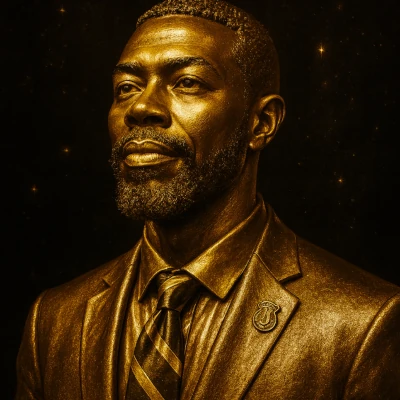
Terrence plays Marcus Hill, a grassroots community organizer with dreams of going into politics. Marcus spent his whole life in foster care, grew up in the hood, and is a 1st generation college graduate.
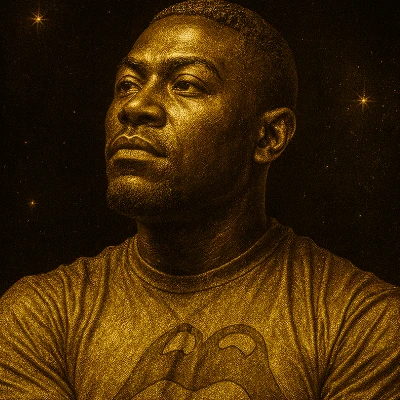
Komi plays D'artanyan, a known fixer. D'artanyan is a mysterious man who tends to make things happen. He gets the job done, even if he may be playing both sides..
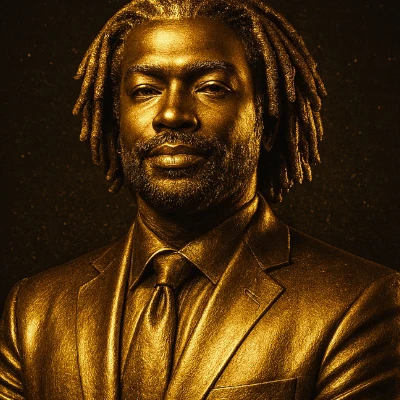
Josh plays Asta Douglas, an introvert and wallflower who gets lost in books. Asta hopes to find a place comfortable enough to call home through his slight paranoia.
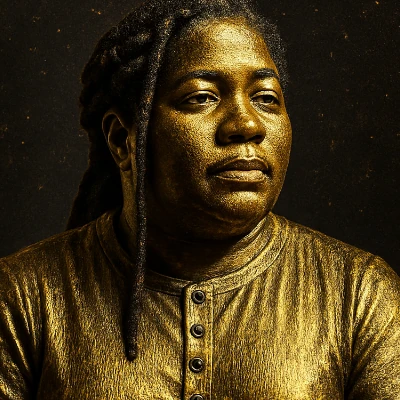
Gelle plays Regina Mooreseid, a doctor and executive director of a major hospital.

Character coming soon.

Character coming soon.
The characters are the essential foundation of the Dialantaville experience, serving as the core drivers of drama, conflict, and narrative momentum in this roleplay game. Within this glittering, exhausted metropolis, where ambition and burnout live side by side, the stories are fundamentally about the people, their power, their wants, failures, rivalries, and quiet redemptions.

An introvert wallflower that gets lost in books.
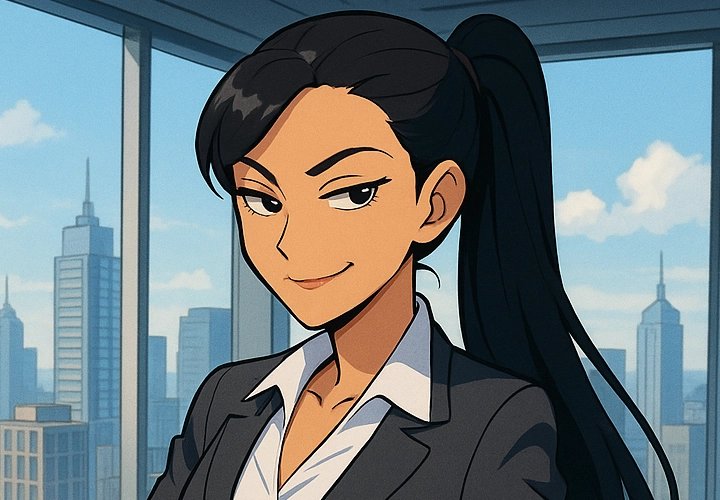
Runs a high-end reputation management firm that specializes in "damage control" for the city's highest echelon.

A mysterious man who has a tendency to make things happen.
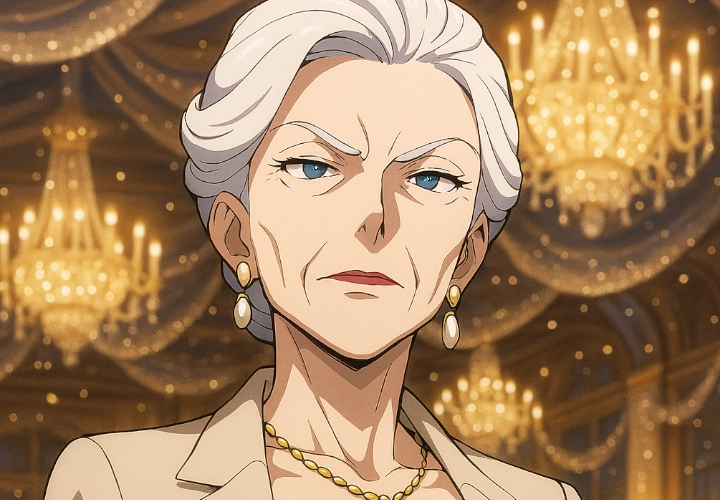
The principal lobbyist and head of the Vance Private Healthcare Trust.
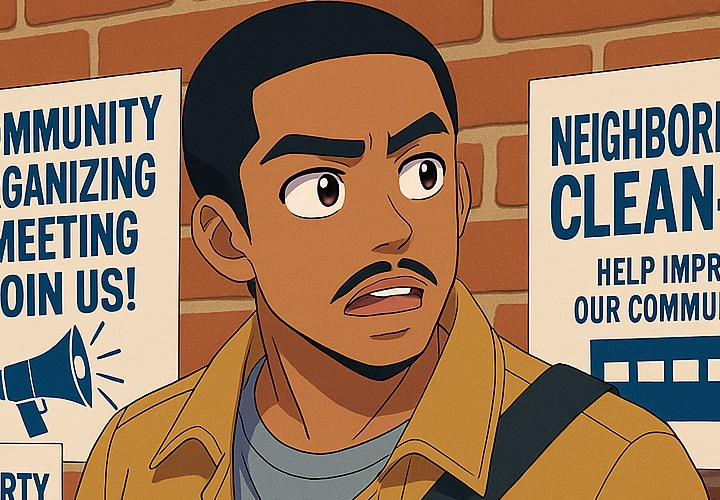
A Grassroot Community Organizer with dreams of going into politics.

Executive director of a Major Hospital.
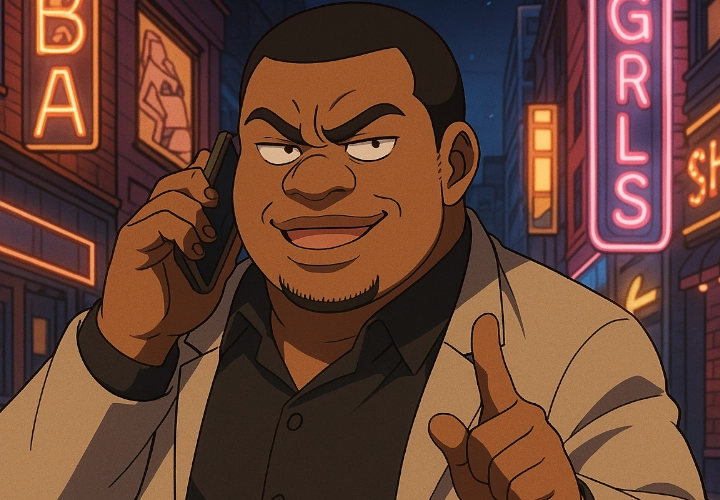
Investigative Journalist known less for his investigative integrity and more for his predatory ambition.
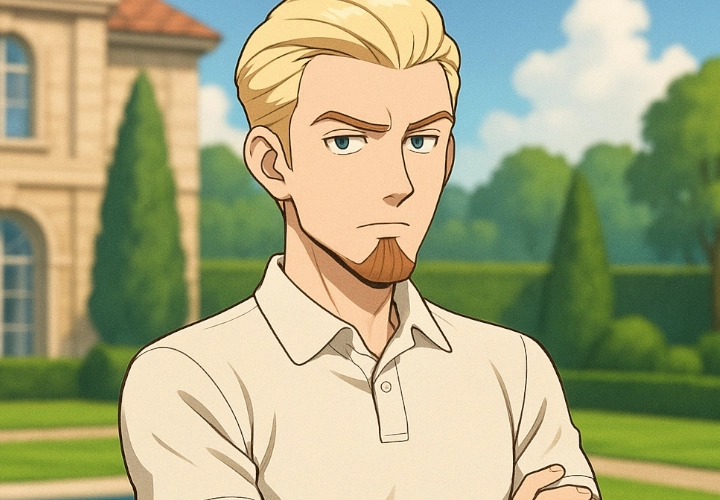
Political Heir and Corporate Strategist.
Every story in Dialantaville begins with a place — a street corner, a skyline view, or a crumbling block that refuses to die. From the gleaming towers of The Glass District to the weathered alleys of South Ember, every corner of the city tells a different story about ambition, desire, and survival. Dialantaville isn’t just a city; it’s an ecosystem of class, power, and personality. Its neighborhoods define its people — the dreamers, schemers, lovers, and liars who give the City of Diamonds its shine. Explore the districts below and find out where your story begins.
The beating heart of Dialantaville. A skyline of mirrored towers and glowing billboards gives this area its name. Corporate offices, luxury condos, high-end restaurants, and the Diamond Plaza mall dominate the scene. Beneath the glamor lies constant pressure — ambitious young professionals, nightlife excess, and shady deals made over cocktails in rooftop bars.
Home to Dialantaville’s most powerful families and celebrities. Mansions with glass walls overlook private lakes and manicured hillsides. Streets have names like “Velvet Crest” and “Aurum Lane.” Locals value appearances, old money clashes with new wealth, and every gala is a battlefield of influence.
A scar of industrial decay left from Dialantaville’s factory era. Crumbling apartments, graffiti-tagged walls, and narrow alleys filled with neon and despair. Gangs, small-time hustlers, and dreamers live side by side. The community is tough but tight-knit; people watch each other’s backs when the city turns away.
A sprawling, modern campus on the city’s west side. Known for its arts, social sciences, and tech programs, Solaris is a cultural nucleus. Students and professors shape trends, movements, and protests here. The surrounding “Solar Row” is full of cheap cafes, vintage shops, and student bars.
A coastal retreat of white-sand beaches, resorts, and beach clubs just outside the main city. Locals escape here to reset — or to escape their responsibilities. Think lavish yacht parties, seaside mansions, and paparazzi waiting at the boardwalk for someone to slip up.
Dialantaville’s largest park, famous for its sprawling rose gardens, glass-domed conservatory, and art installations. Families picnic here by day; couples and loners walk the paths at night. Rumors swirl that shady exchanges and secret meetings happen beneath the willow trees near the reflecting pond.
Once the engine of the city, now a relic of its past. Old factories are being converted into lofts and art studios, attracting creatives and blue-collar revivalists. It’s a place in transition — half renewal, half ruin — and tensions simmer between the long-time workers and gentrifying newcomers.
The city’s answer to Vegas — a glittering avenue lined with nightclubs, casinos, theaters, and hotels. It’s where fortunes rise and fall overnight. Scandals are born here, whether on the dancefloor or behind velvet curtains.
The original heart of the city, built on cobblestone streets and colonial architecture. Artists, historians, and small boutique owners keep it alive. It’s romantic by day and haunted by nostalgia at night — a reminder of what Dialantaville once was before the diamonds gleamed.
Where the city’s workforce lives — stable, quiet, and suburban. Tree-lined streets, cul-de-sacs, schools, and small businesses create the illusion of safety. Yet behind the white fences, affairs, ambition, and secrets fester. This is where appearances matter most.